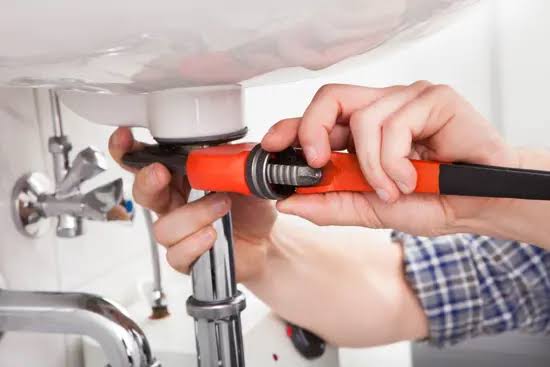Modern trends have altered how we think about office space. Gone is the traditional model of big office buildings with long lease agreements and fixed layouts; companies now need flexibility and freedom to adapt quickly. This is something elevated shared office spaces can provide. Such spaces offer professional yet adaptive environments suited for today’s fast-moving business world.
The Rise of Hybrid and Remote Work Models
There’s no doubt about it: hybrid and remote work models have quickly become mainstream after the pandemic. Businesses realized they could function just fine with teams working from home or elsewhere; it is more cost effective and allows employees more freedom while giving companies more efficiency overall. Unfortunately, however, this shift presents many difficulties: How can teams stay connected across geographical barriers and maintain productivity while working remotely together on tasks?
More businesses are beginning to understand that offices need not just be static desks and cubicles – they require collaborative environments where teams can come together, collaborate on ideas and innovate as a collective while still having flexibility when necessary to work remotely from other places if required. Elevated shared office spaces provide just that mix – providing employees a place for team collaboration when required while offering quiet private areas when focused work needs to be done alone.
The Need for Collaborative and Flexible Environments
Businesses of today demand collaborative environments. No longer is it enough for employees to arrive and work alone – now employees need to interact, share ideas, and feed off each other’s creativity. Traditional office spaces couldn’t support that type of interaction – being too rigid and formal compared to elevated shared office spaces that offer open areas where employees can convene spontaneous meetings or just chat casually.
Elevated shared office spaces offer flexibility that extends well beyond this aspect; they adapt perfectly to meet the needs of teams. If a brainstorming session requires multiple meeting rooms for discussion purposes or you want an intimate spot to write reports quietly, elevated shared offices support various work styles so teams can collaborate without feeling constrained by an office layout.
The Evolution of Office Design: From Static to Dynamic
Gone are the days of uniform office design. Today’s workspaces must adapt quickly to suit changing business, project, and team needs, which a traditional 5-year lease cannot accommodate. Modern workspaces allow workers to adapt according to business, project, and team demands without incurring high rent payments or lease termination fees.
Elevated shared office spaces can offer great advantages: their flexible nature allows businesses to expand or contract as needed without dealing with landlords and lease agreements. Whether your team grows from 10 members in one month to 50 in the next, no problem; your workspace can support both!
How Technology Is Shaping the Future of Workspaces
Technology has had a dramatic influence on office spaces over recent years, not just their layout. Technology now plays a critical role, from smart desks and video conferencing tools to office management software enhancing modern office experiences and making teams stay productive regardless of location.
Technology has also played an instrumental role in driving flexible workspaces forward. By equipping themselves with appropriate tech, elevated shared office spaces can become much more than physical locations. They become hubs of productivity where technology blends in to enhance a seamless experience.
The Impact of Well-Being and Employee Satisfaction
Employee well being has long been prioritized over productivity; today, it has taken center stage as an aspect of workplace design that can directly affect employees. A rigid environment may cause burnout or stress levels to spike, while an accommodating workspace gives workers space to roam freely; finding what suits them is more satisfying for everyone involved.
Flexible workspaces play an essential part in helping employees to thrive, not simply as places for employees to work. Such spaces usually feature wellness features like ergonomic furniture, natural lighting and space dedicated to relaxing.
Conclusion
The future of office space lies not with fixed desks and long-term leases but in creating environments that support how people work today. Elevated shared office spaces offer collaborative yet flexible working environments that adapt to meet employee and business needs alike. Flexible workplaces mean companies no longer need to limit themselves to traditional office layouts as their needs increase, becoming more efficient, innovative, and prepared for tomorrow.






